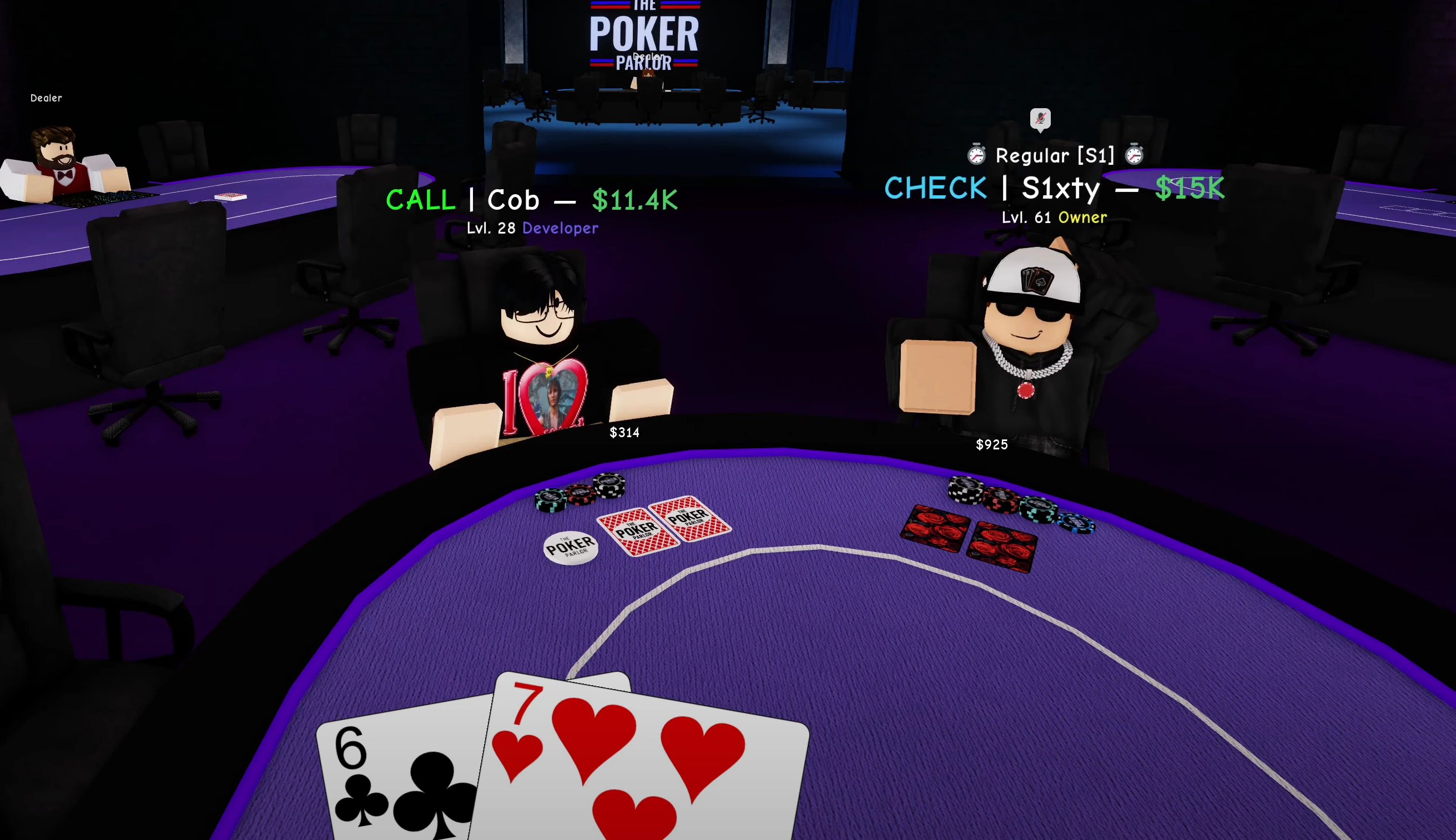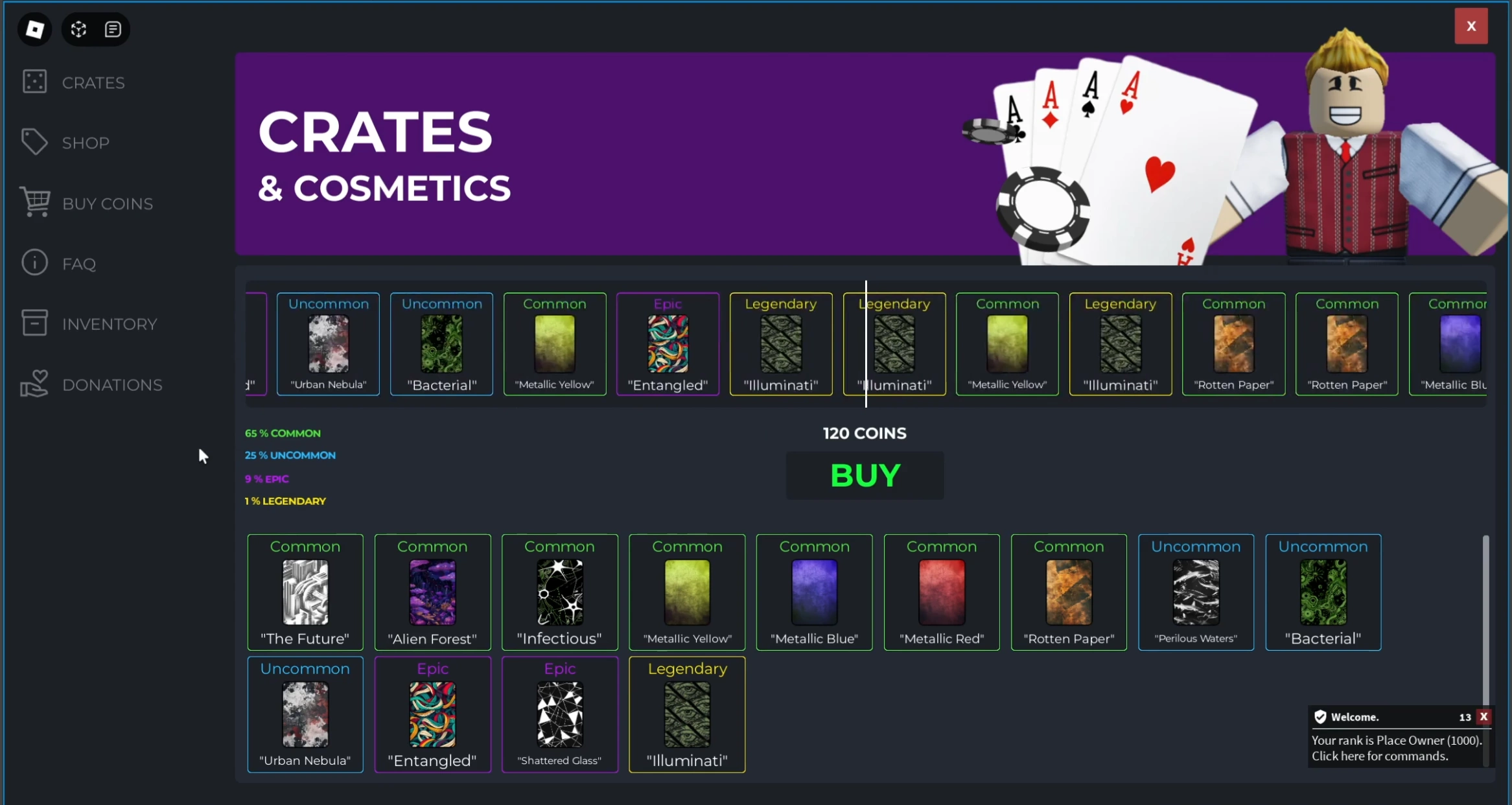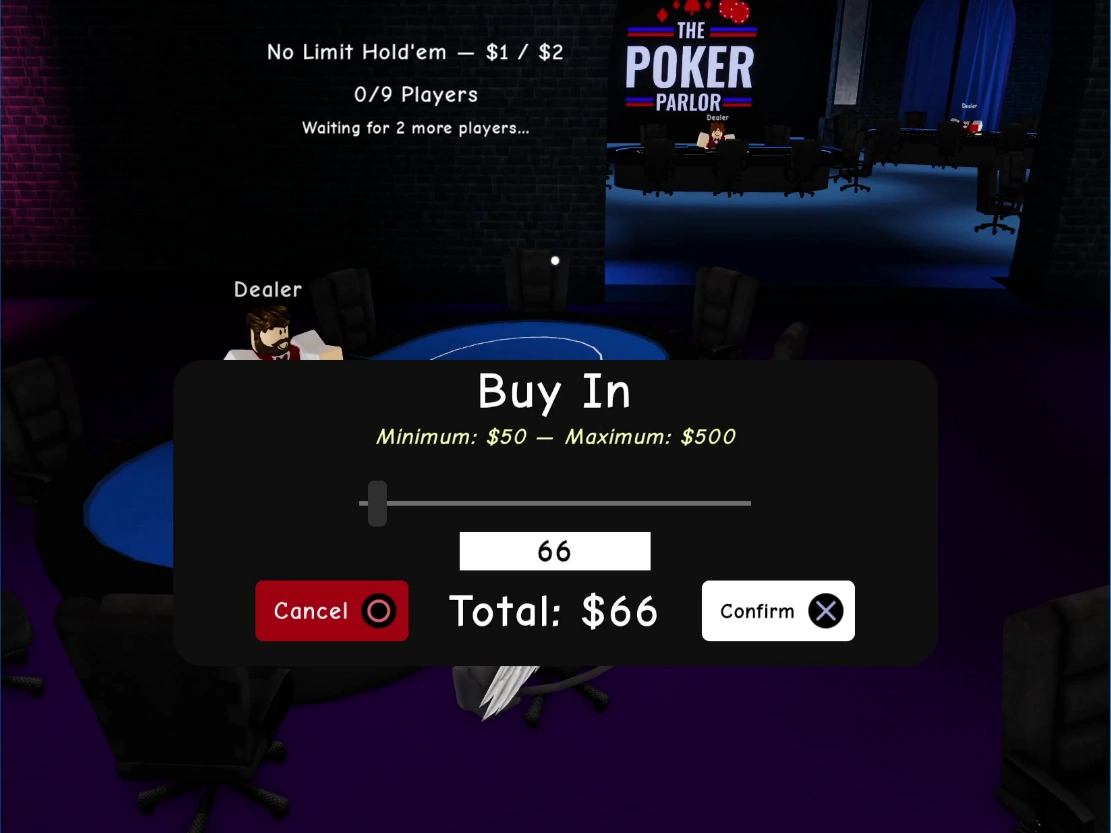Poker Parlor: A Study in UX Design

Aaron Stone
Published August 8, 2025 • Updated August 8, 2025
Share Article

Most product retrospectives focus on the ‘big new feature’ or a viral moment, but Poker Parlor’s inflection point came from confronting a far more basic truth: friction kills. For months, the game’s growth was restricted not by competition or lack of content, but by the silent attrition caused by UI friction, device incompatibility, and player confusion. The first principle was ruthless: eliminate every non-essential point of failure between a player and the table.
Friction kills... eliminate every non-essential point of failure between a player and the [game].
Player analytics and user interviews revealed a clear pattern: mobile users were dropping at two to three times the rate of desktop players. Drop-offs mapped almost perfectly to moments of input frustration — fumbled bets, unclear buttons, or unresponsive controls. Every lost session was a missed lifetime value event, a missed upsell, and, most critically, a risk of negative viral spread. The stakes were winner-takes-all.
Our team attacked the root causes. The entire input pipeline was rebuilt for speed, clarity, and consistency across all devices. Touch targets were enlarged, interface hints made dynamic, sliders were implemented for mobile ease-of-use, and console support was engineered from scratch where none had existed before. Desktop users kept mouse precision; mobile players got gesture shortcuts and tap redundancy. Device reach was not a marketing point — it was the only way to close the funnel’s most severe leak.

Every UI overhaul was evaluated against live retention and engagement data, split by device and play history. Instead of relying on guesswork or subjective feedback, we watched for drop-off rates, session completion, and how often new players actually finished a hand. For mobile and console users, both completion rates and average session times rose sharply after the UI patch — outpacing any previous content update. Accessibility and mistake recovery had a more direct, lasting impact on retention than any single new feature ever delivered.
But device friction was only half the problem. Poker, during the brief time it was allowed on Roblox, was forced to operate under a total ban on direct gameplay monetization: no Robux for chips, no paid entry, no pay-to-win. This forced a radical rethink of what it means to build a sustainable revenue engine when the core loop is legally untouchable.
Accessibility and mistake recovery had a more direct, lasting impact on retention than any single new feature ever delivered.
What emerged was a dual monetization approach: cosmetics and Premium payouts. Cosmetic crates became the only permissible transaction, engineered around infrequent, high-value purchases. Every item was truly permanent, never required for gameplay, and primarily appealed to players who cared about identity and customization. Pricing was intentionally set well above typical Roblox microtransactions — often three to five times higher — with zero grind: buy it once, own it forever. The opt-in nature preserved competitive integrity and prevented pay-to-win dynamics. As a result, ARPDAU rose sharply, while player backlash was nonexistent.

Yet it was Roblox Premium payouts that delivered a second, sometimes larger, revenue stream. Because Roblox pays developers based on total Premium user engagement time, every minute spent in-game by Premium subscribers translated directly to cash. This made retention and session length absolutely critical to financial performance — not just vanity metrics. The entire product was optimized to drive longer, repeat sessions from this crucial segment, making Premium playtime nearly as valuable as direct cosmetic sales.
Cosmetic sales alone were enough to prove the model: a game could monetize robustly without ever touching progression, power, or skill. Purchases were almost entirely opt-in, driven by player identity and collection value rather than pay-to-win incentives. The result was a loyal base of buyers, minimal backlash, and revenue per purchase far above the Roblox average.

The single biggest remaining churn driver was deliberate: the 30-minute chip timer. This was vital for poker’s integrity — it prevented abuse and the psychological collapse of stakes that occurs when you can reload instantly. But the business reality was harsh: most players who bust out and then wait thirty minutes with nothing to do would never return. Instead of abandoning the timer (which would have destroyed game authenticity), we started building the in-game social lobby — a persistent space with minigames, avatar presence, and profile flex, designed to convert forced downtime into a retention driver rather than a churn point.
That solution, like the broader social engagement strategy for the timer period, remained in development when Roblox abruptly reversed its public policy and removed The Poker Parlor from the platform. No part of the social lobby, minigame suite, or expanded downtime retention was able to launch before the takedown. The sudden, unannounced policy shift ended the project with core features still unreleased and a major product transition mid-flight.
None of these breakthroughs happened in isolation. Analytics infrastructure ran live at every stage. Player cohorts were tracked by device, region, play history, and more. The game’s ability to maintain a 91%+ user rating and scale past 204,000 MAU, without any gameplay monetization, was a direct result of this relentless, data-first approach. Every measured improvement was reinvested into the next bottleneck, and the cycle repeated.
Poker Parlor’s final months proved the value of relentless friction reduction, monetization tuned to policy constraints, and a deep understanding of player psychology. Unannounced Roblox policy changes forced the project offline before the social lobby and alternate activities could fully launch — but the data was already decisive. For every developer facing strict monetization rules or device churn, the lesson is clear: optimize what you control, build for the actual player journey, and never mistake flashy new features for real growth.
Share Article